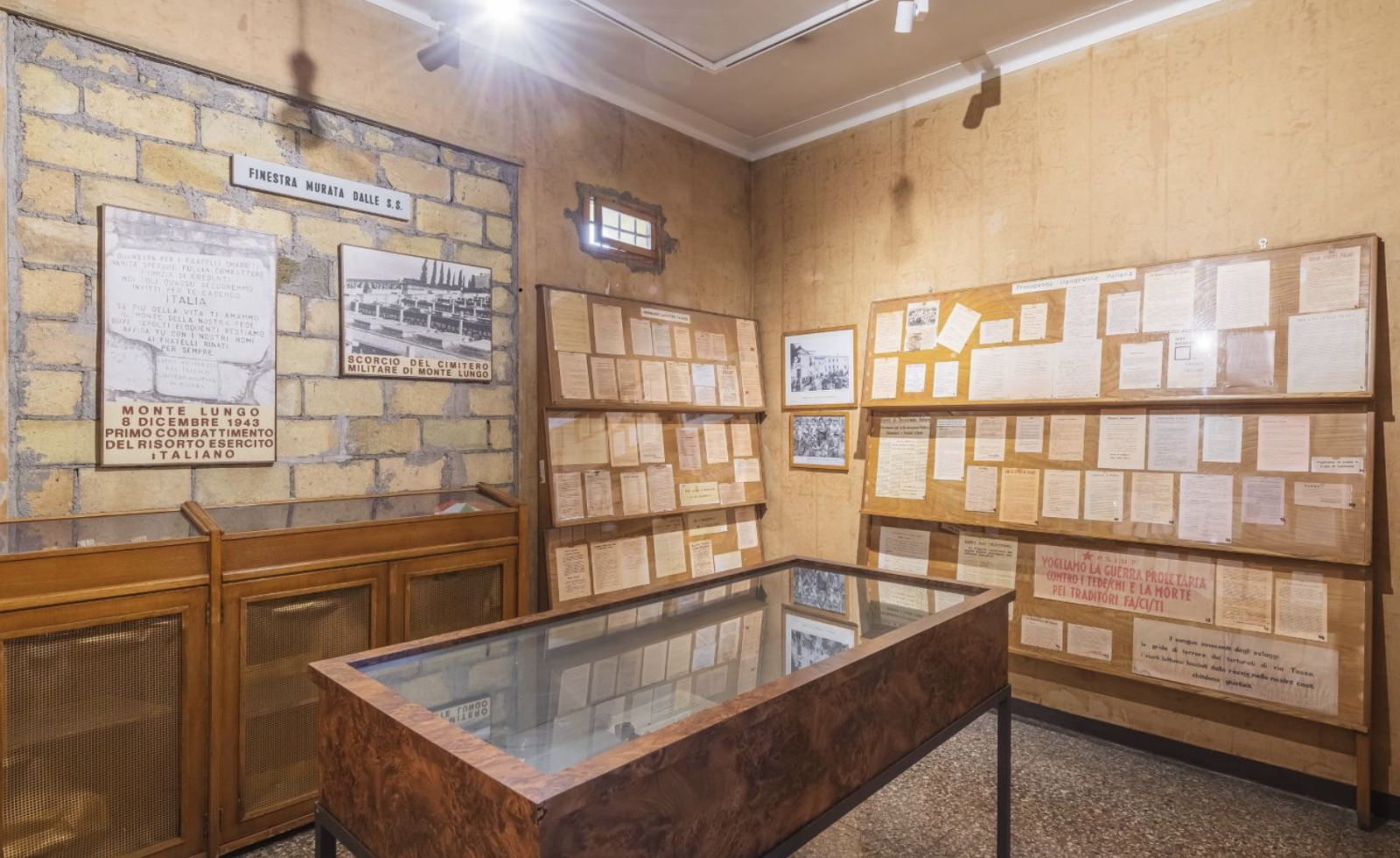ROME – Stories of the Italian Resistance, a workshop in Via Tasso

On the 80th anniversary of the Liberation of Italy from Nazi fascism, the project “Tra Resistenza e Resa” (Between Resistance and Surrender) promoted by the CDEC Foundation of Milan made a stop at the Historical Liberation Museum in via Tasso in Rome. The aim of the workshop, which took place on April 9, was to rediscover the meaning of freedom through the history of via Tasso.
This is the place where the SS had their headquarters in Rome and where many members of the Resistance were imprisoned and tortured, some of them later killed in the Ardeatine Caves Massacre.
“Visiting the places of memory is fundamental, especially at a time when reflecting on the Resistance, both armed and civilian, seems even more necessary,” said the director of the CDEC, historian Gadi Luzzatto Voghera, opening the meeting with a lesson on how the attention of historiography to the subject has changed.
In the run-up to April 25, which marks Italy’s Liberation from Nazi fascism, CDEC promoted many other initiatives. Among them, the presentation of the last chapter of the biographical work curated by historian Liliana Picciotto about the Jews in the Italian Resistance. “I feel that there is a lack of reflection on the meaning of the Resistance in 2025. Instead, I see old rhetorics making a comeback and some trying to get into a fight just for some visibility,” Luzzatto Voghera emphasized.
No flags
“April 25 has become an excuse to manifest divisions, in a historical period in which we would benefit more from unity,” he continued. Nonetheless, the director of the CDEC said he will take part in the national march for the Liberation Day in Milan, which he has missed for some years, “just to see what the wind brings, without associating myself with any flag; I would prefer to remove them all, because the idea of presenting oneself as a custodian of history, with a symbol, is itself a form of distortion.”
In the workshop, Lalla Di Cerbo and Micaela Procaccia illustrated some biographies of partisans who passed through via Tasso. Procaccia, a former superintendent of the central Archive of the State and president of the National Italian Archival Association, knows the place well. Not only because she was on the museum’s board, but also because she has long been part of the group of about thirty volunteers who manage the visits to the site and other activities. The lack of funding, she explained, “prevents the museum from planning a long-term strategy and hiring people on a permanent basis.” Despite this, she concluded, about 15,000 students, both Italians and foreign, visit the museum every year: with an average of three schools per day.
Adam Smulevich
Translated by Chiara Tona and revised by Rebecca Luna Escobar, students at the Advanced School for Interpreters and Translators of the University of Trieste, trainees in the newsroom of the Union of the Italian Jewish Communities — Pagine Ebraiche.
